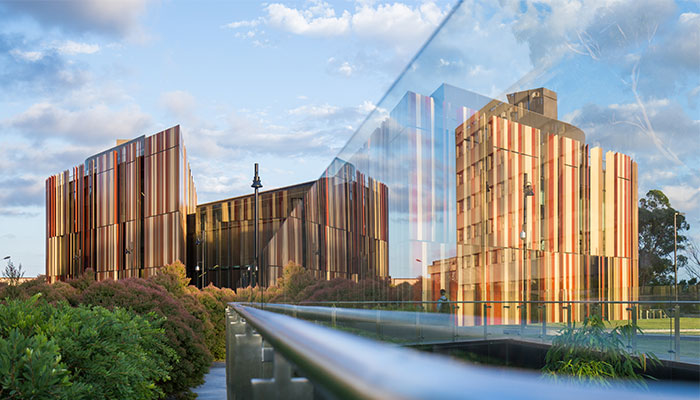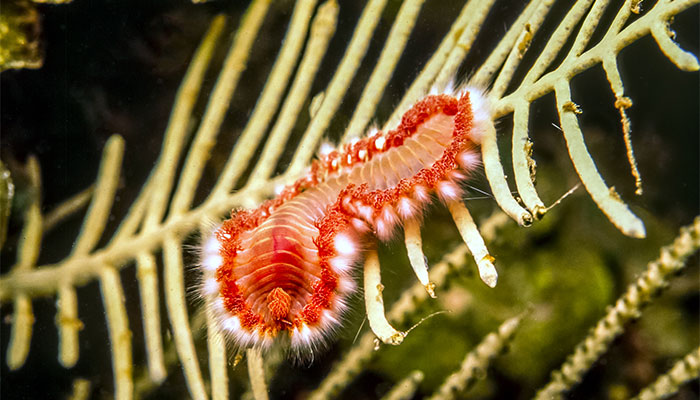- Male frogs slip into bright colours when in breeding season
- The bright-yellow change is temporary and is to enhance their breeding chances
- A number of these ‘chameleon’ frogs are located in Australia
According to new scientific research, hundreds of species of frog have been found to change into bright colours for a short period of time to enhance their breeding chances.
This research, published today in the Journal of Evolutionary Biology, found that the males of at least 178 species of frogs undergo a temporary colour change during their breeding season.
The frogs spend most of the year in more subdued colours to blend in with their surroundings but take on vibrant hues when it’s time to mate.
The researchers evaluated 2146 different frog species and identified a number of species whose males temporarily change colour when it is time to breed, with most turning a bright yellow.
Interestingly, it is the treefrog family that really stands out - of the recognised 355 species, 95 are capable of dynamic colour change, and a disproportionate number occur in Australia.
“Imagine being a frog during the chaos of the breeding season and navigating the gathering crowds around the pond. How do you know who might be a suitable mate let alone whether they are male or female? One solution is to use colour, and this is what we have found that many frogs do all over the world,” said Associate Professor Martin Whiting from the Department of Biological Sciences.
“Female frogs don’t bother to do this because they are the choosy sex, hence the term dynamic sexual dichromatism, and it turns out that frogs around the world have evolved this ability independently,” said Grant Webster, a postgraduate student working on the project.
If one sex, typically males, is able to turn on some bright colour that not only clears up any confusion about sex identity but also may signal something about male quality.
“While bright displays are common in the animal kingdom, they come at a cost because they also draw the unwanted attention of predators. One solution to this problem is dynamic colour change whereby an animal can switch between conspicuousness and camouflage, a phenomenon that is well known in animals such as chameleons, octopus and cuttlefish, but much less studied in frogs,” said Associate Professor Whiting.
Macquarie researchers collaborated with Dr Rayna Bell of the Smithsonian’s National Museum of Natural History to conduct this study.
The researchers examined a wide range of frog photos looking for evidence of colour change. To evaluate each species, the team compared photos of males engaging in breeding behaviour, either actively calling for a mate or in a mating posture with a female, to photos of males outside the breeding season, as well as females.
“Most are species that breed in large groups, where the males’ distinct colouration may improve the chances of successful pairings. In the hustle and bustle of a large breeding season, being able to quickly identify the opposite sex and choose a suitable mate is made a lot easier with a bit of bright colour,” concluded Associate Professor Whiting.
Bell RC., Webster GN., Whiting MJ. Breeding biology and the evolution of dynamic sexual dichromatism in frogs. Journal of Evolutionary Biology. September 2017. doi: 10.1111/jeb.13170



